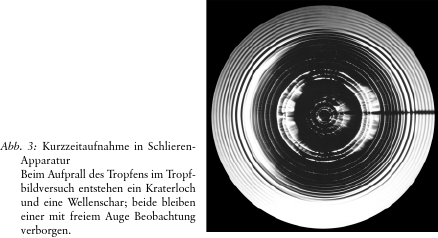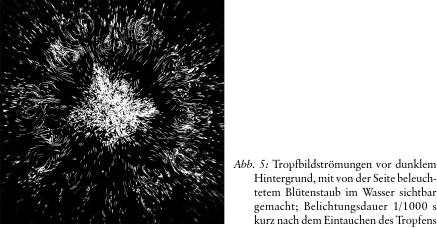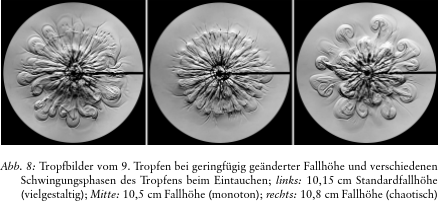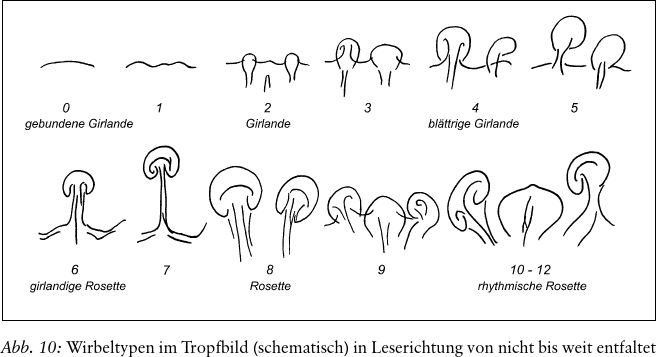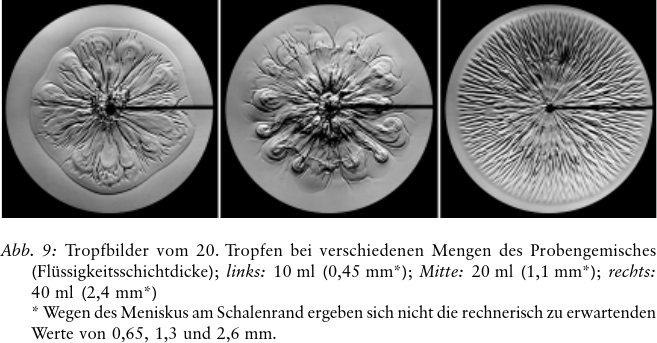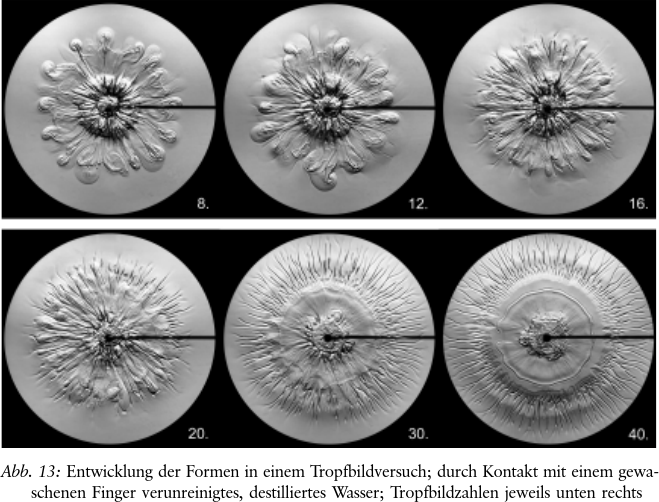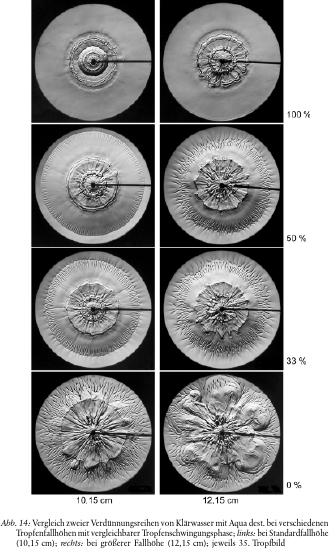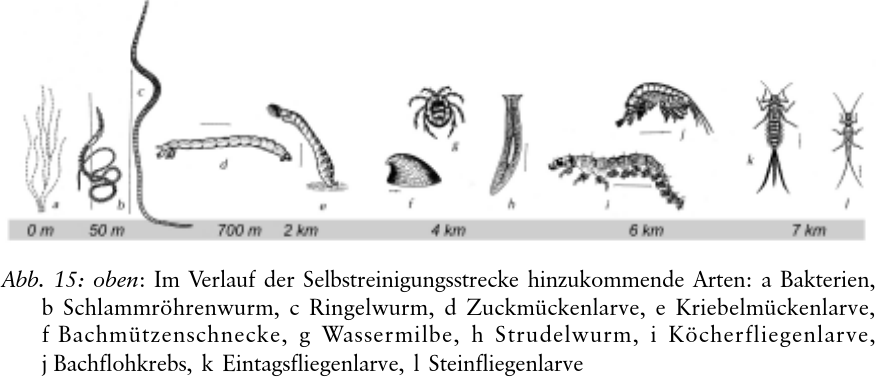Vergleichende Tropfbild-Versuchsreihen als Instrument der Urteilsbildung
Elemente der Naturwissenschaft
85,
2006,
P.
40-56 |
DOI:
10.18756/edn.85.40
Article | Language: German | €6.00
Export Article Citation as
- Plain text
- BibTeX
- RIS format
- Download price : € 6.00
Abstract:
Experimentation aims to relate the phenomena to only one variable parameter by changing only one parameter at a time under the best understood and most constant conditions obtainable. But this procedure of only varying one parameter is often impossible, especially with the drop-picture method.
Forming experimental series through systematic variation of conditions can be fruitful. Arranging side-by-side the phenomena resulting from such experimental series can allow conclusions to be drawn.
The acts of perceiving and thinking in this procedure show correspondences with actions carried out in experimentation. These correspondences are presented through examples from work with the drop-picture method.


